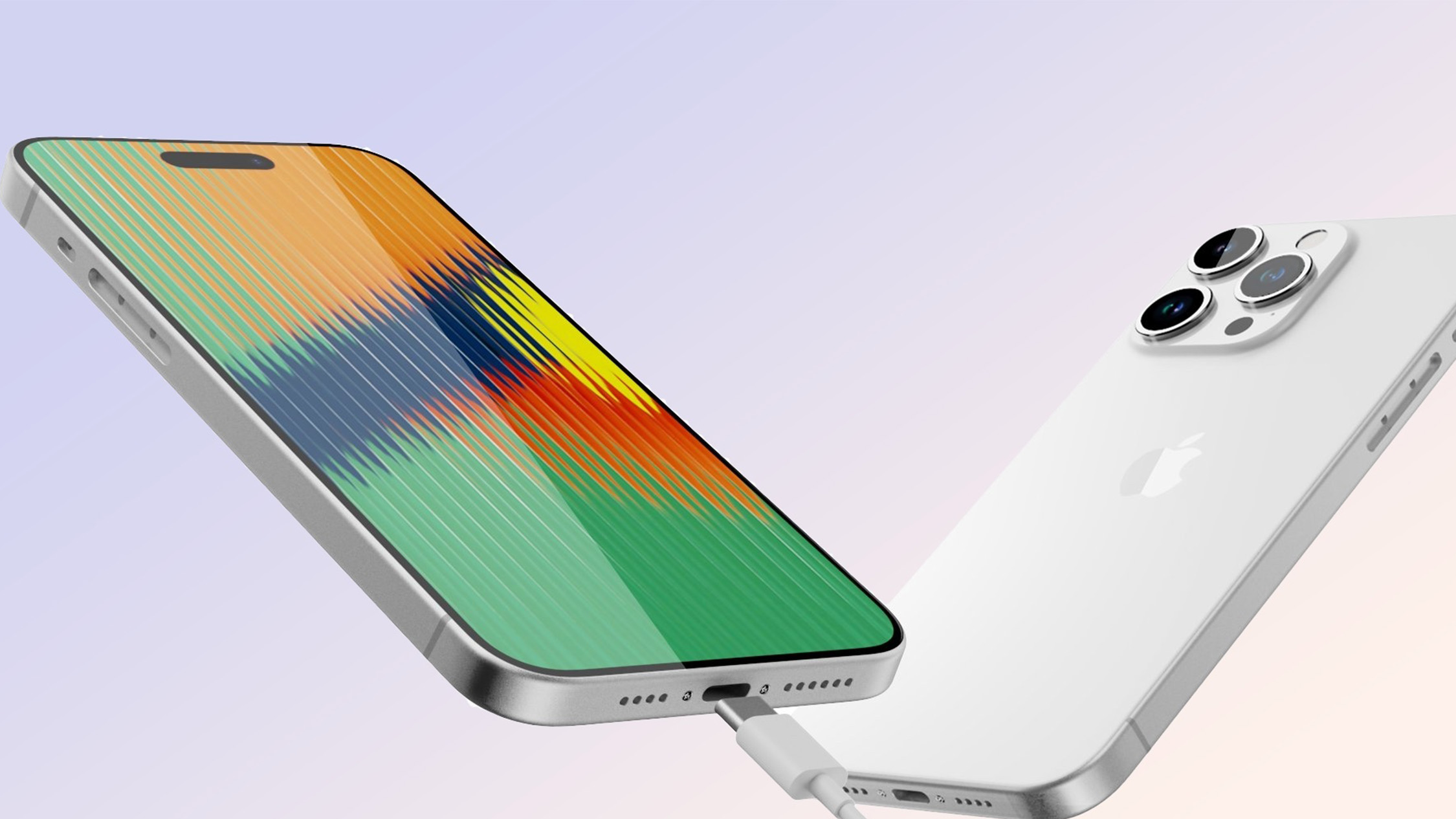
There’s been a lot of talk about the iPhone 15 being the first iPhone to switch from Lightning to USB-C, and what that might mean for iPhones going forward. But a new rumor claims that this wasn’t always the plan and that USB-C connectivity is a fairly late addition to the phone.
According to a tweet from leaker Unknownz21 (opens in new tab), Apple was testing iPhone 15 models with a Lightning port before making the switch to USB-C. Apparently a Lightning version was quickly scrapped in favor of USB-C, which was in testing as early as January 2022. However, it apparently wasn’t until March 2022 that early designs made the switch away from Lightning.
Some details about USB-C on the iPhone 15:It was in testing as far back as January 2022, and pretty much all designs since March 2022 have had the USB-C port instead of lightning.There was a version with a lightning port very early on, but it was quickly scrapped.April 18, 2023
Assuming this claim is accurate, it suggests that Apple was seemingly considering the switch to USB-C before the European Union passed legislation to mandate its use. While the first draft legislation was published in January 2022, the law itself didn’t get voted on until later that year in October.
That suggests Apple saw the writing was on the wall, and that it was time to follow the example set by the best Android phones. It probably helps that Lightning first launched in 2012, and offers significantly slower charging and data transfer speeds than USB-C.
The EU’s common charger regulations don’t kick in until the end of next year, meaning Apple technically could have kept Lightning around for another year. The only real benefit to that would be so Apple could keep hold of the charging and accessory ecosystem for a little longer, and reap the financial benefits such control has to offer.
Of course, word is Apple has reportedly found a way to ensure the Made for iPhone (MFi) program can survive the transition to USB-C. That means Apple may still force cable and accessories makers to get approved if they want to utilize maximum charging and data transfer speeds — a process that also involves paying Apple royalties.
Doing this for USB-C is illegal in the EU, something lawmakers were very keen to point out. However there’s little stopping Apple from implementing those restrictions elsewhere, and reaping all the same benefits as Lightning. All while offering iPhone users better charging and data transfer speeds, alongside improved compatibility with accessories and external storage.
This leak also suggests that Apple wasn’t considering launching a portless iPhone this year. Adopting MagSafe charging, instead of any physical plug and cable, would allow Apple to circumvent EU regulations while still maintaining its own hold on the accessories market,
But despite rumors of such a device over the past few years, nothing has materialized. This means Apple may stick with physical plugs and connectors for the next few years at least. Connectors that are looking increasingly likely to be USB-C.
More from Tom’s Guide
For all the latest Technology News Click Here
For the latest news and updates, follow us on Google News.
